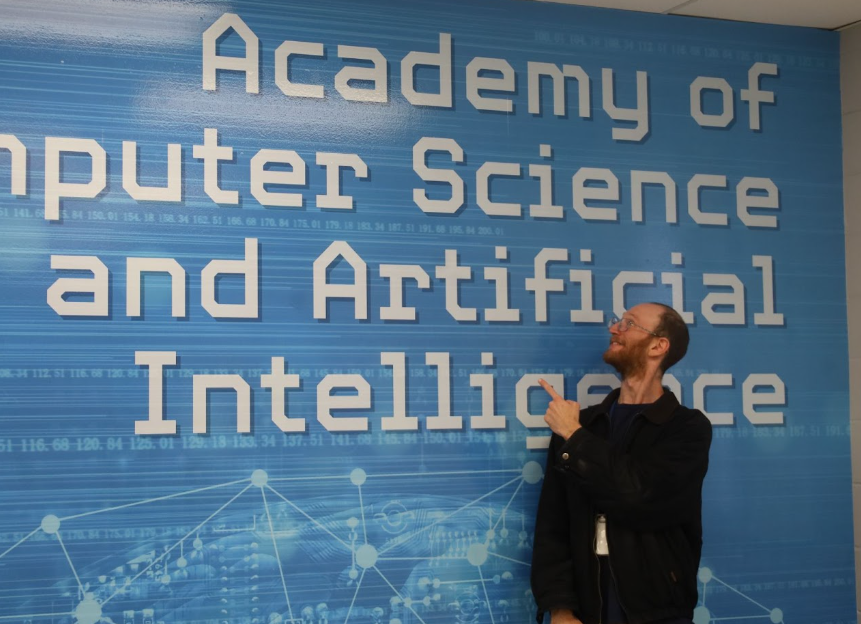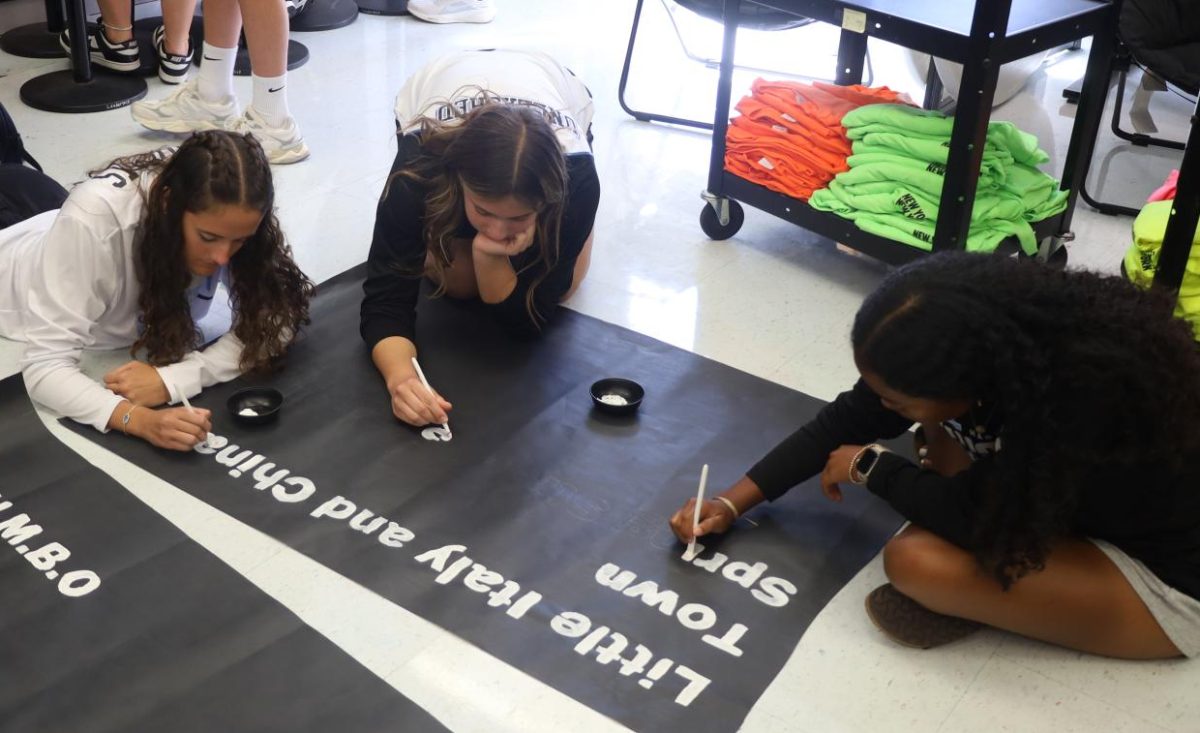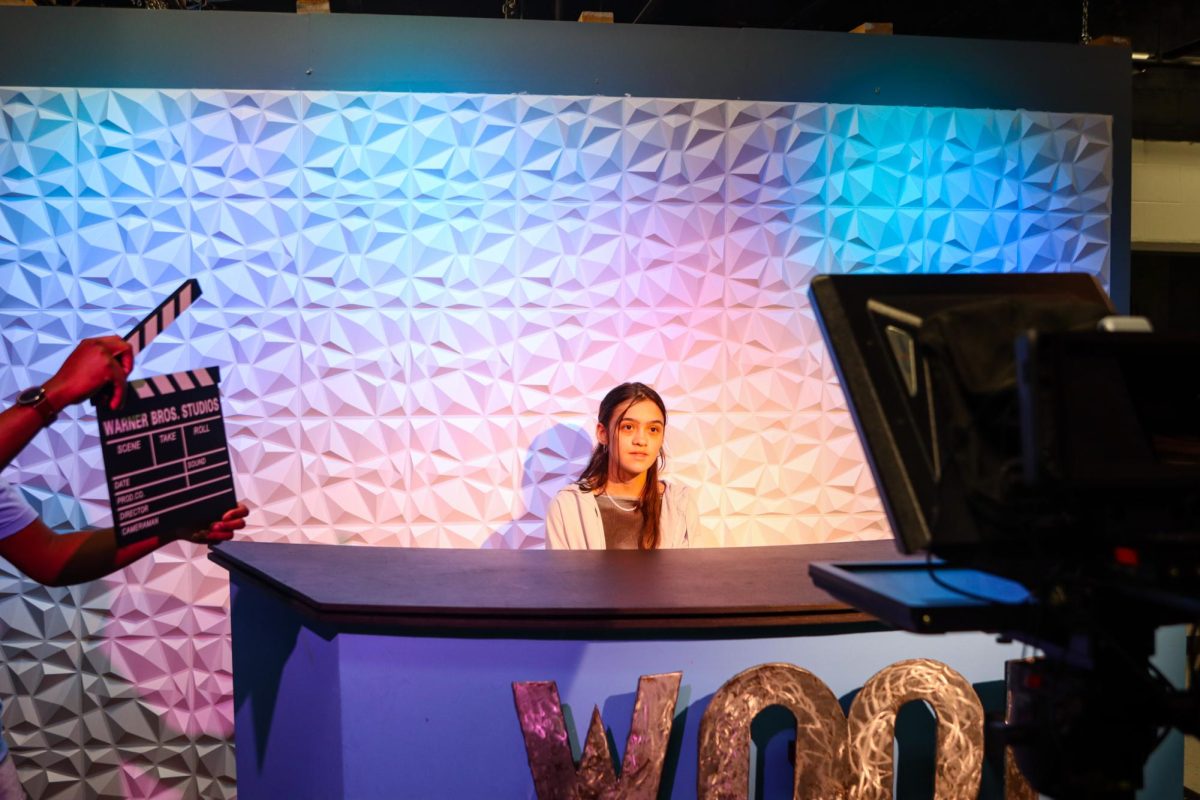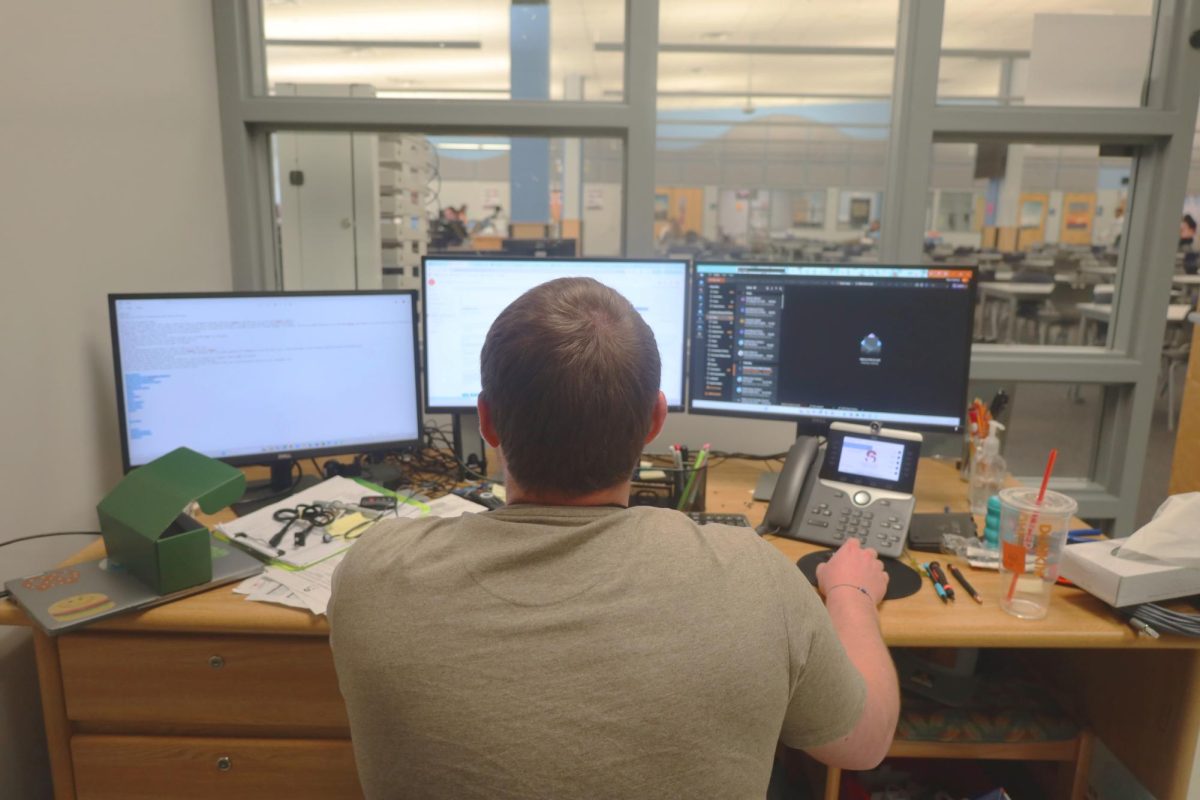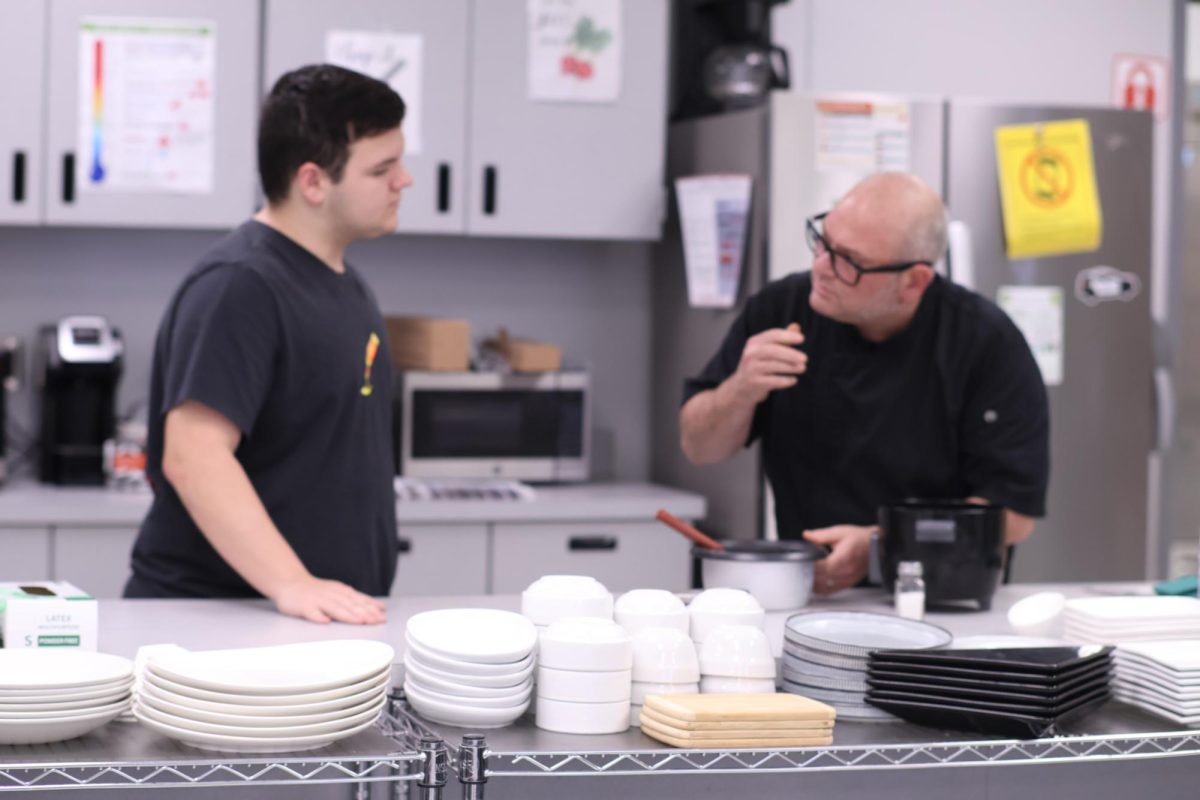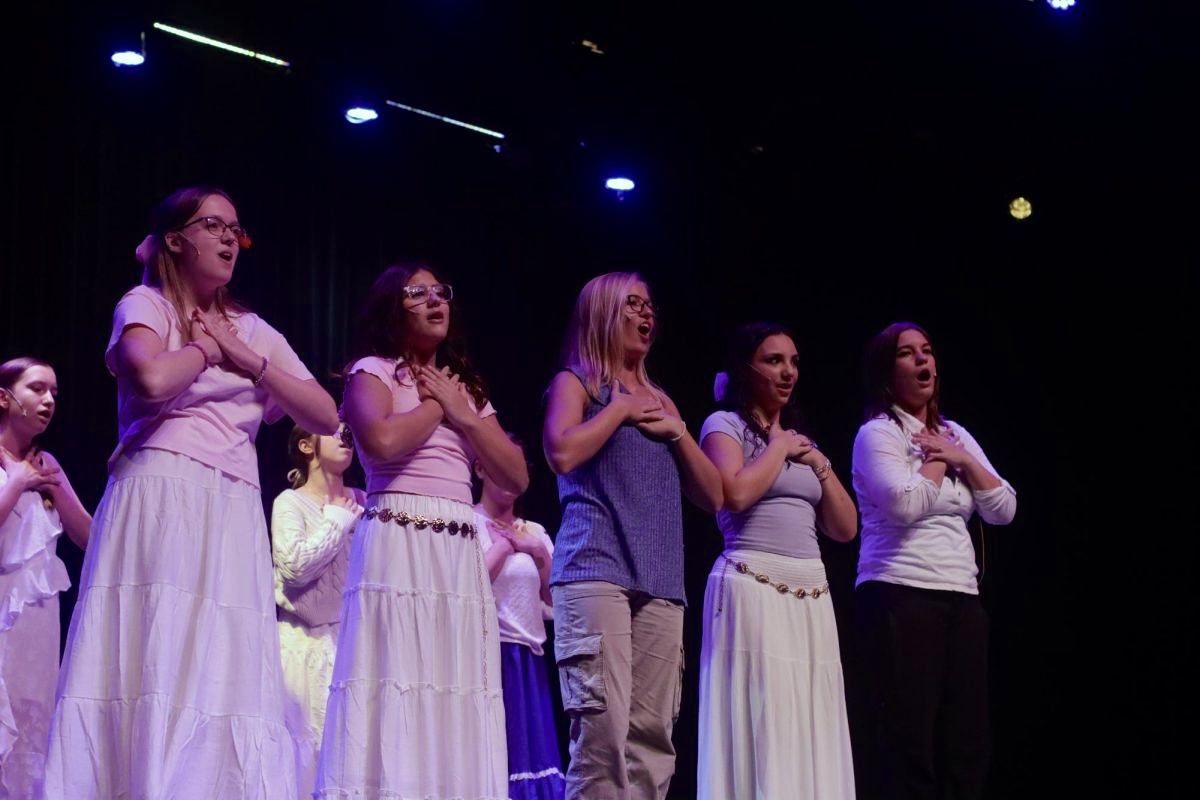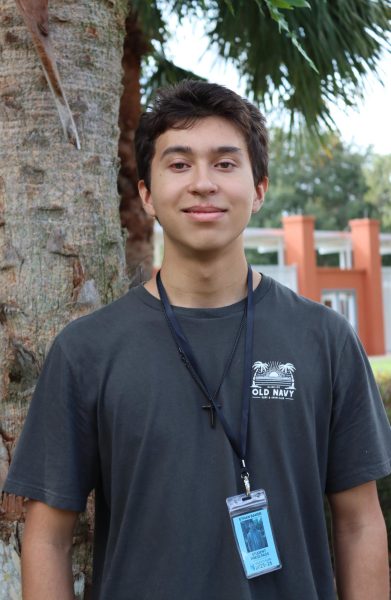Since the wave of large language AI models began dominating mainstream media, AI products have been developing rapidly. Products like ChatGPT by OpenAI, Grok by X and artificial intelligence specializing in specific areas (such as Google Gemini and Microsoft Copilot) are changing the modern day scene. Seeing how AI is present on social media, within the workplace and even inside of houses, it is clear that AI assistants are becoming more common. Now, artificial intelligence is entering the realm of education.
Following that, Seminole County has updated guidelines regarding use of AI, including but not limited to: offering industry certifications to students who complete AI classes, specialized student coursework, AI-assisted security, and strict academic use.
“Now we’ve evolved a little bit in our understanding, and now [AI is more about] how can we use it as a tool to support what we’re doing,” principal Robert Frasca said.
With diverse AI programs being developed, teachers have started working with the district to discover ways AI can be used in a classroom environment. Applications of AI teacher Benjamin Ross sees AI as having potential to be used as a powerful tool.
“[The district] did include a section about artificial intelligence, [with] how they’d want us to use it, and how they’d want us to not use it,” Ross said. “Those guidelines are really just for teachers. I don’t think they’d have any guidelines just yet for students, although I’m sure they’ll make them.”
Like any new technology, some are skeptical while many believe it has potential to make school life more convenient.
“[AI] obviously does have its place,” Ross said. “It’s saving time, just like computers were. I’m sure if you were interviewing a teacher 50 years ago, they [would have] said the same thing about computers. Look where we are now. My classes wouldn’t even exist without computers.”
Ross uses ChatGPT to help generate his practice plans for his classes, but advises against using it for complex tasks because it usually needs polishing.
“If any teacher is just taking something from Chat GPT and then throwing it at the students, that’s probably not a good thing,” Ross said.
Years ago, it was unthinkable that instead of teaching robots how to solve simple equations, robots would be the ones teaching students. While still occasionally giving inaccurate results, AI can give students in-depth explanations on academic subjects and problems.
With many people having questions about how AI is going to be used, Frasca sees a future for potential uses of AI in classrooms.
“I hope it can help teachers in the classroom plan lessons for kids.” Frasca said. “When you have 30 kids sitting in a classroom, they all are at a different level of understanding. But how does one person try to meet all of those individual needs? I think that AI is a tool that might be able to help us do some of that.”
The general view of AI has evolved from a state of caution into being accepted into everyday life. Modeling and Simulation teacher Adam Hayden agrees that AI can make big changes.
“It’s a paradigm shift. I don’t think the word ‘implementation’ is even broad enough. It’s going to be huge. It’s going to change the way we interact with information on every front. Education is just one [part] of that,” Hayden said. “The implications are mind blowing. So it’s good. This is going to be a human evolutionary change completely.”
Some look at AI as another tool to cheat, others as just another way to gain an unfair advantage. Administration and teachers believe that AI can tutor students that need extra help, assist teachers in lesson planning, and provide efficiency for mundane everyday tasks. Artificial intelligence and its many forms are here to stay, and as more people at Hagerty welcome it with open arms, they expect the quality of education to grow along with it.
“I think it’s like when transportation shifted from [horses] to cars; [you] might as well embrace it. Lean in, because it’s coming,” Hayden said.

